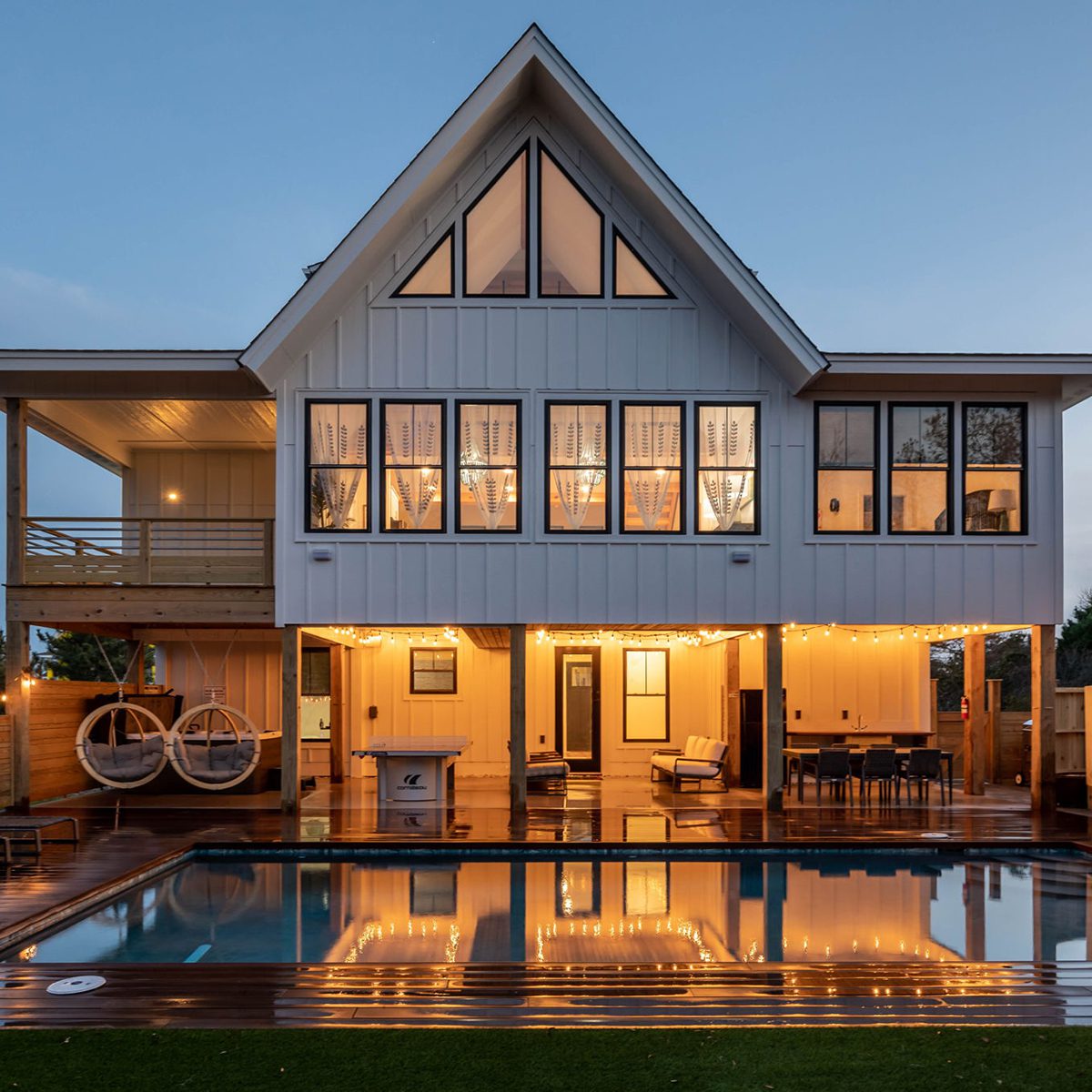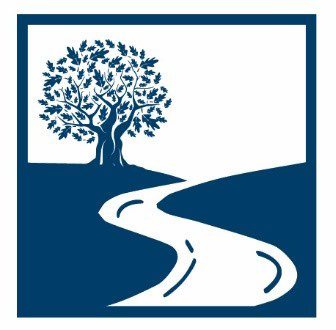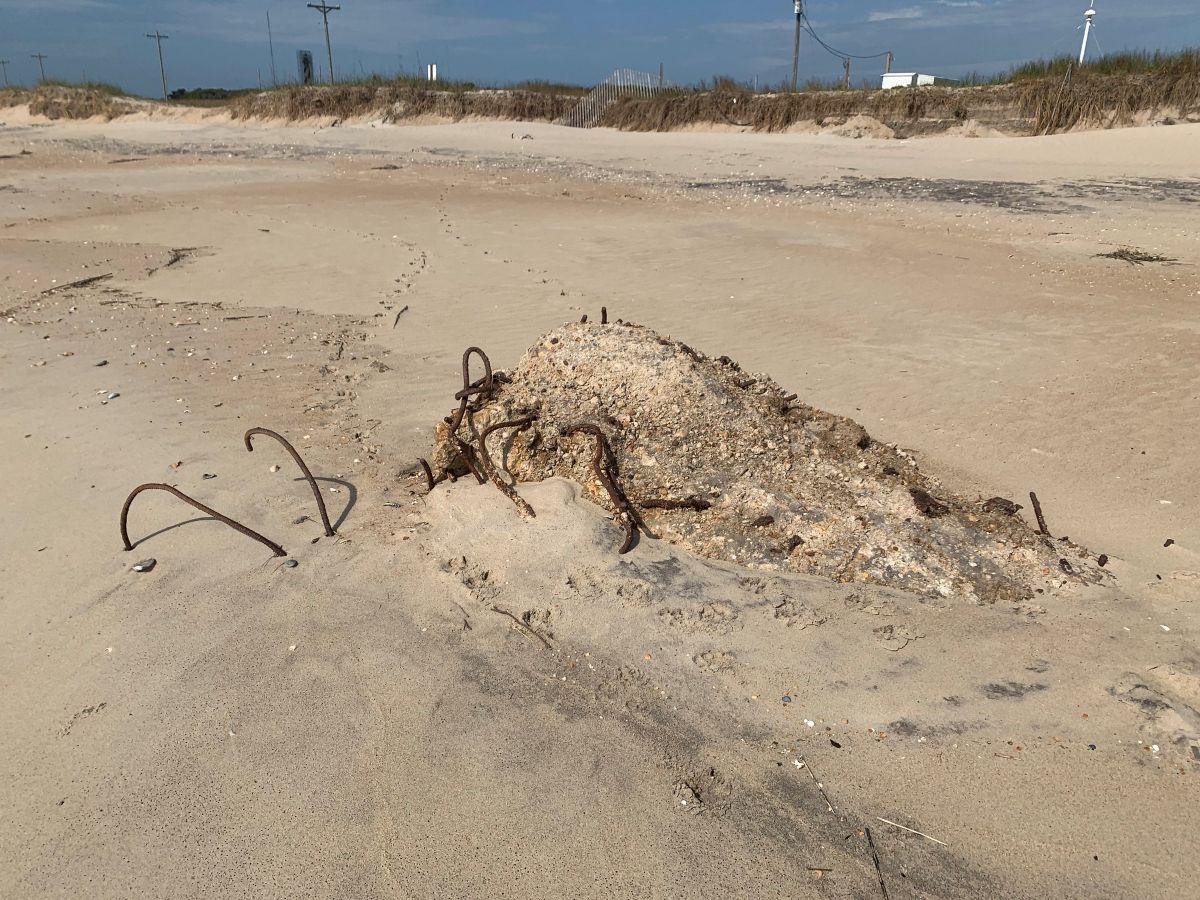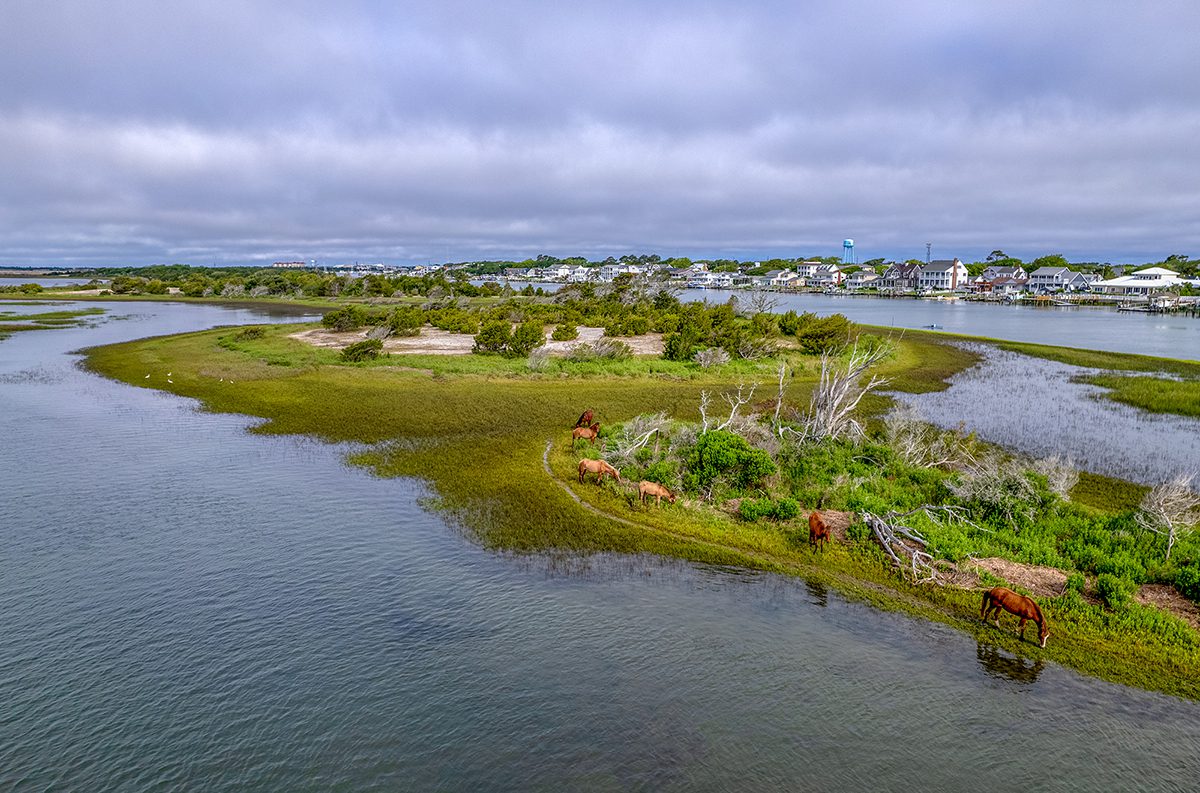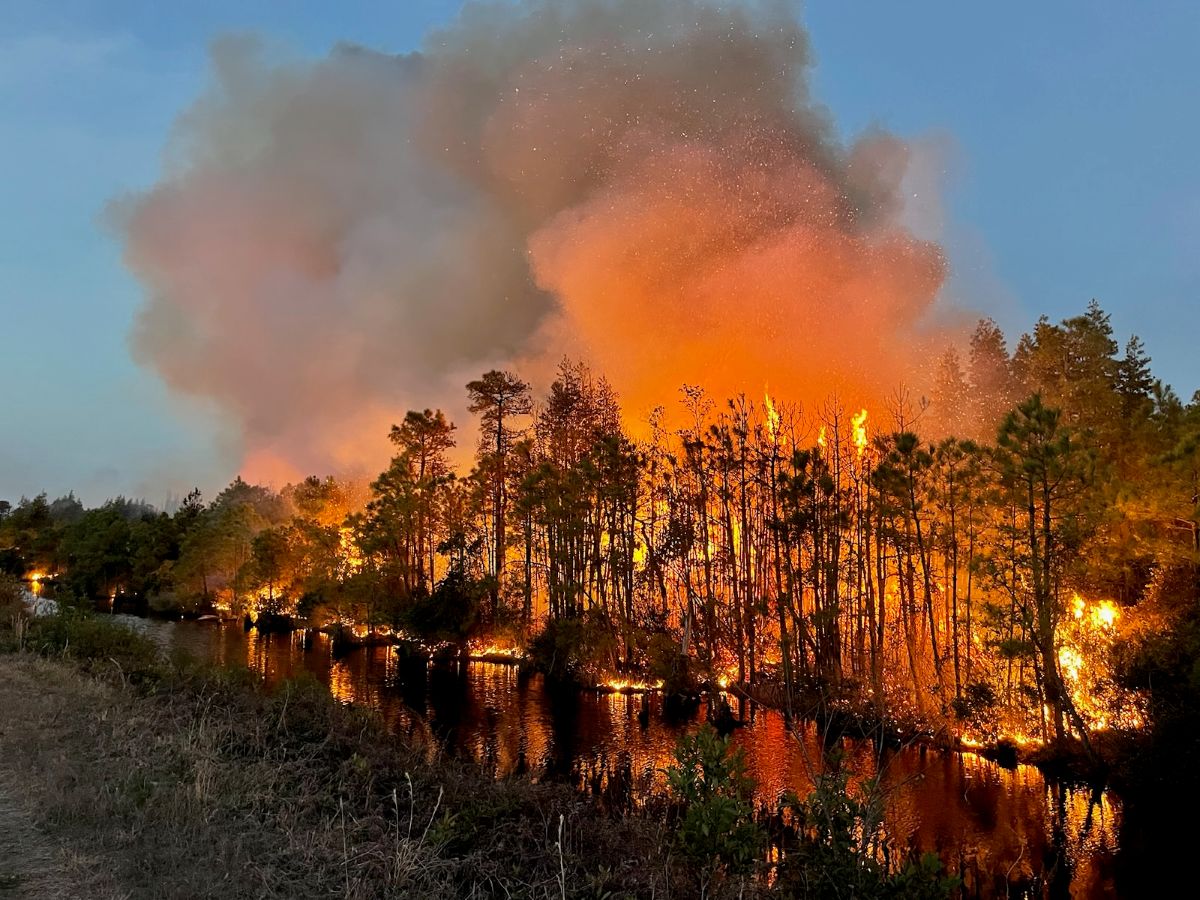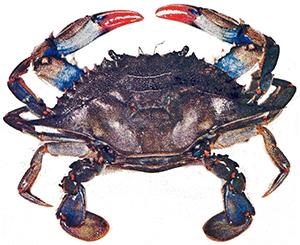 New blue crab management measures proposed to end overfishing in state waters and achieve sustainable harvest go into effect May 1.
New blue crab management measures proposed to end overfishing in state waters and achieve sustainable harvest go into effect May 1.
These measures to reduce harvest are necessary because a recent North Carolina stock assessment for blue crab determined the stock is overfished and overfishing is occurring, according to the North Carolina Marine Fisheries’ announcement Friday. Overfished means the population is too small and overfishing means the removal rate is too high.
Supporter Spotlight
The state Marine Fisheries Commission adopted in February the Blue Crab Fishery Management Plan Amendment 3 found on the Blue Crab Fishery Management Plan Information webpage.
State law requires that fishery management plans include ways to end overfishing within two years of adoption and rebuild the stock to achieve sustainable harvest within 10 years of adoption.
Division of Marine Fisheries Director Steve Murphey implemented the new measures through Proclamation M-7-2020, Proclamation M-8-2020, and Proclamation SH-1-2020.
Some of the management measures include keeping the harvest of immature female hard crabs statewide and crab dredges prohibited and a 5-inch minimum size limit for mature female hard crabs statewide.
The plan also establishes new and adjusts existing crab spawning sanctuaries where it is unlawful to set or use trawls, pots and mechanical methods for oysters or clams, or take crabs with the use of commercial fishing equipment at certain times of the year.
Supporter Spotlight
Among the changes is the expansion of the existing crab spawning sanctuary in Barden Inlet and moving the boundary of the Drum Inlet sanctuary to encompass Ophelia Inlet maintaining the March 1 through Aug. 31 closure. New crab spawning sanctuaries will be established in Beaufort, Bogue, Browns, New River, Topsail, Rich, Mason, Masonboro, Carolina Beach, Cape Fear River, Shallotte, Lockwoods Folly, and Tubbs inlets with a March 1 to Oct. 31 closure.
For more information, contact division biologist Corrin Flora at 252-264-3911.

